Grace Quah的Bartlett毕业设计一个关于女性主义的电影,聚焦于进行家务活动的家庭
Grace Quah's Bartlett graduation project is a feminist film featuring homes that perform domestic chores
由专筑网缕夕,杨帆编译
Bartlett建筑学院毕业生Grace Quah制作了一部女性主义电影,包含一个概念性房屋,其中家电成为建筑的一部分,减少了家庭妇女无谓的劳动量。
Quah在Bartlett的研究生课程学习期间,研究了她的Silvertown的附加项目。 她是由Simon Kennedy和Gabby Shawcross指导的第26组,其重点是挖掘以电影开发的新形式进行建筑实践的潜力。
Bartlett School of Architecture graduate Grace Quah has produced a feminist film featuring a conceptual housing estate where appliances become the architecture, reducing the amount of unpaid domestic labour women are required to carry out.
Quah developed her Silvertown Plug-In project during her studies on the Bartlett's MA programme. She was part of Unit 26, led by Simon Kennedy and Gabby Shawcross, which focuses on the potential for film to develop new forms of architectural practice.
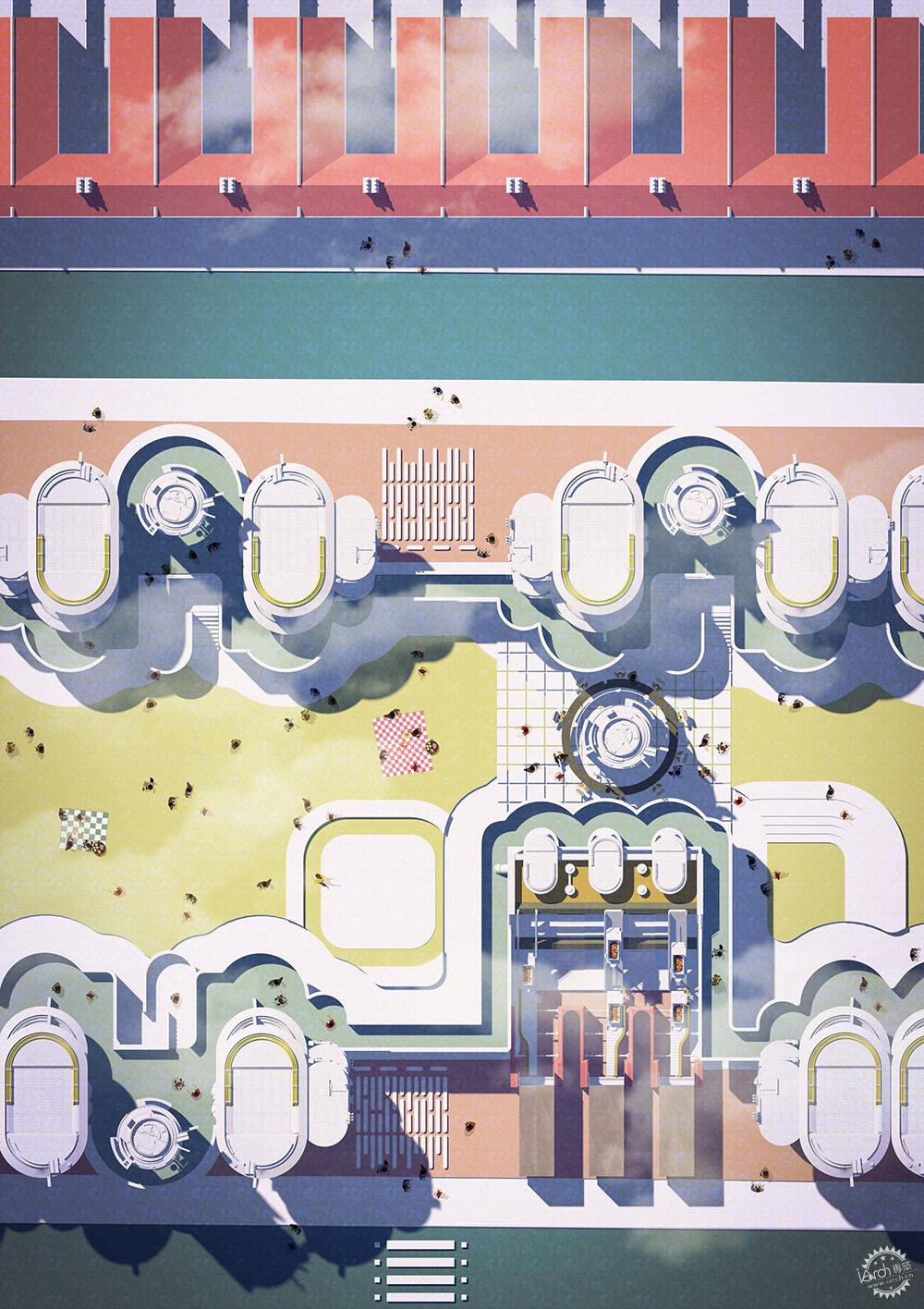
她的建议是建造一个能够处理大部分家务的自动化住宅建筑——这是为了强调家庭劳动的性别分工仍旧存在。
“我知道我想在最后一年做一个住房项目,我对国内空间的性别特质非常感兴趣,尤其是在电影中的表现,”Quah在Dezeen上班之前就开始了研究。
她说:“空间不是性别中立的,性别化的空间表现是突出的,女人对空间的占领可能与男人的差异很大,所以我想用电影技巧和时间叙述来探索这个空间。”
Her proposal is for a residential architecture that fully automates the majority of household chores – an attempt to highlight the continuing gendered division of domestic labour.
"I knew I wanted to do a housing project for my final year and I became very interested in the gendered nature of domestic space, particularly its representation in film," explained Quah, who worked at Dezeen before embarking on her MA.
"Spaces are not gender neutral. Gendered spaces are performative and women's occupation of space can be very different to a man's, so I wanted to explore this using filmic techniques and a time-based narrative," she said.
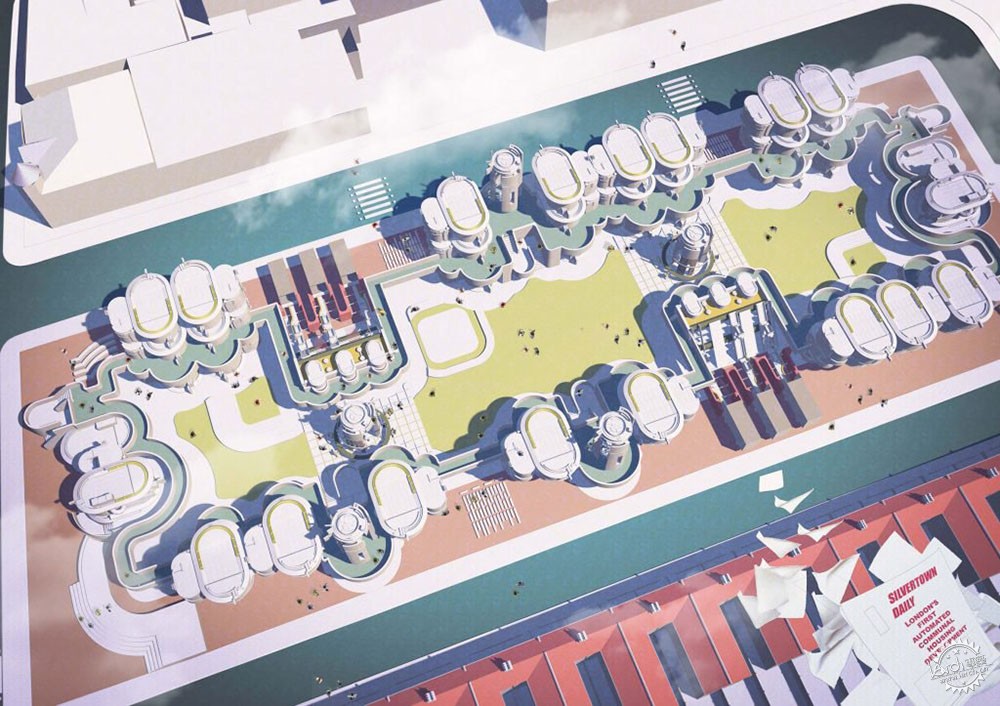
投机住房计划位于伦敦东部的Silvertown区,这里曾经是重工业区,而现在是一个重建项目的所在地,涉及到3000个新房建设。
这部电影结合了使用胶囊家庭的动画和1950年代国内电视广告的存档镜头,并以一个女子的角度模拟描述自动化家庭对她生活带来的好处。
The speculative housing scheme is located in east London's Silvertown district, which was once heavily industrialised but is now the site of a major regeneration project involving the construction of 3,000 new homes.
The film combines animations of the capsule homes in use with archive footage from 1950s domestic television adverts, as well as a mock interview with a woman who describes the benefits the automated home has had on her life.
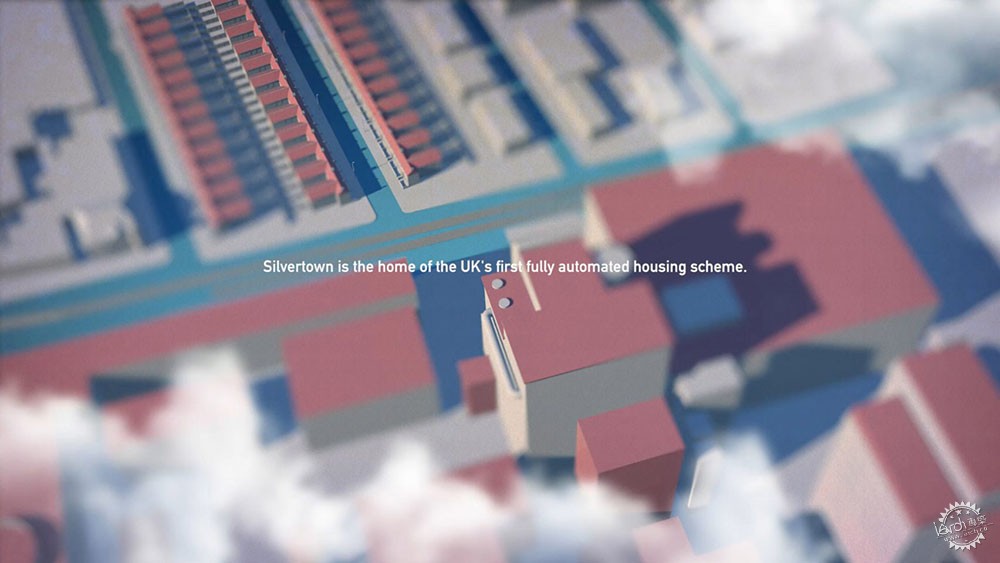
该项目还旨在批评技术和建筑之间的关系,Quah认为目前没有适当处理诸如家务活动、温度控制和智能手机数字助理等较不重要任务的问题。
她说:“鉴于二十世纪中期以来,数字技术已经有了相当大的飞跃,所以我认为,自20世纪50年代以来,家庭设计并没有真正改变,”她指出。
“我也认为女性主义目前在建筑设计中并没有被明确地讨论,虽然有大量的学术文献,但我仍然不明白为什么会这样。
The project also aims to critique the relationship between technology and architecture, which Quah feels currently fails to appropriately tackle issues such as domestic chores in favour of less important tasks such as temperature control and smartphone digital assistants.
"Given that there have been quite substantial leaps in digital technologies since the mid-20th century, I think the design of the home hasn't really changed since the 1950s," she pointed out.
"I also think that feminism is not currently discussed explicitly in architectural design, though there is a ample academic literature on the subject. I still don’t quite understand why that is."
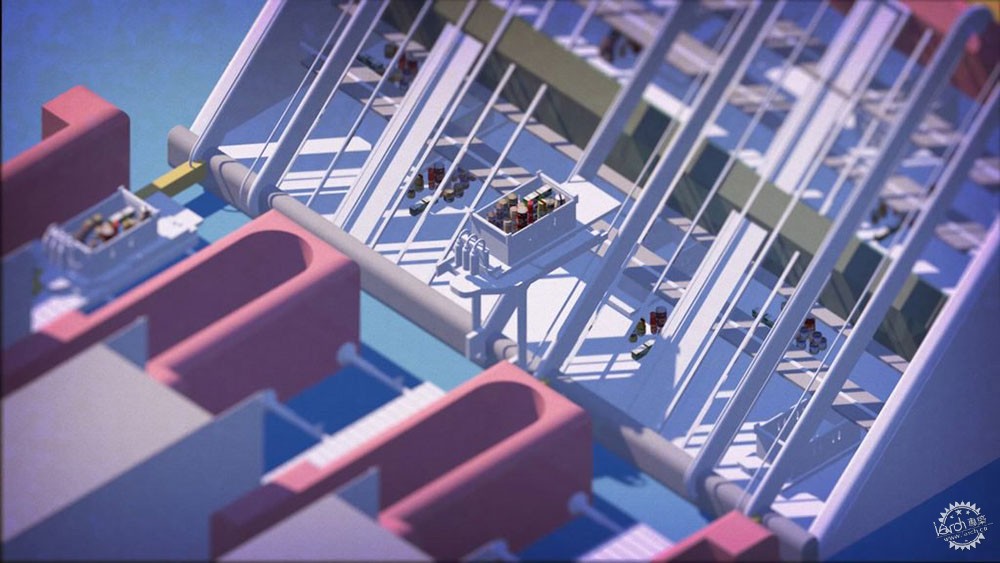
在动画场景中,日常产品被整合到胶囊的架构中,这些胶囊成为生活模块,被插入公共服务的基础设施,包括自动送餐系统。
将烹饪、清洁和维护等家务工作转化为物理空间表现的组成部分,引起了人们对家务劳动和劳动价值的关注。
In the animated scenario, everyday products are incorporated into the architecture of the capsules, which become living modules plugged into an infrastructure of communal services including an automated meal-delivery system.
The transformation of chores such as cooking, cleaning and maintenance into components of a physical, spatial performance draws attention to the work involved and the value of domestic labour.
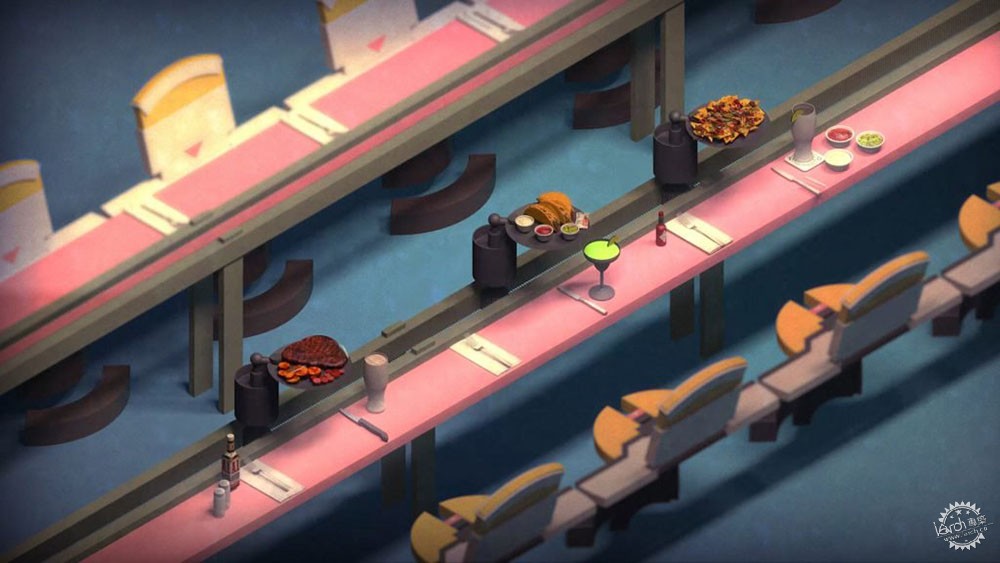
Quah的电影展示了房子会回应一个人的需求。 在这样做的时候,它批评现有的女性化数字助理,如亚马逊的Alexa或苹果Siri,以及公共交通工具或超市结帐使用的声音。
胶囊房屋的建筑语言是基于典型家用电器的设计,并参考日系建筑师Masahiko Yendo和未来系统的David Nixon的图纸。
Quah's film shows the house responding to requests as a person would. In so doing, it critiques the presence of existing feminised digital assistants such as Amazon's Alexa or Apple's Siri, as well as voices used on public transport or at supermarket checkouts.
The architectural language of the capsule homes is based on the design of typical home appliances, as well as referencing the drawings of Japanese architect Masahiko Yendo and David Nixon of Future Systems.
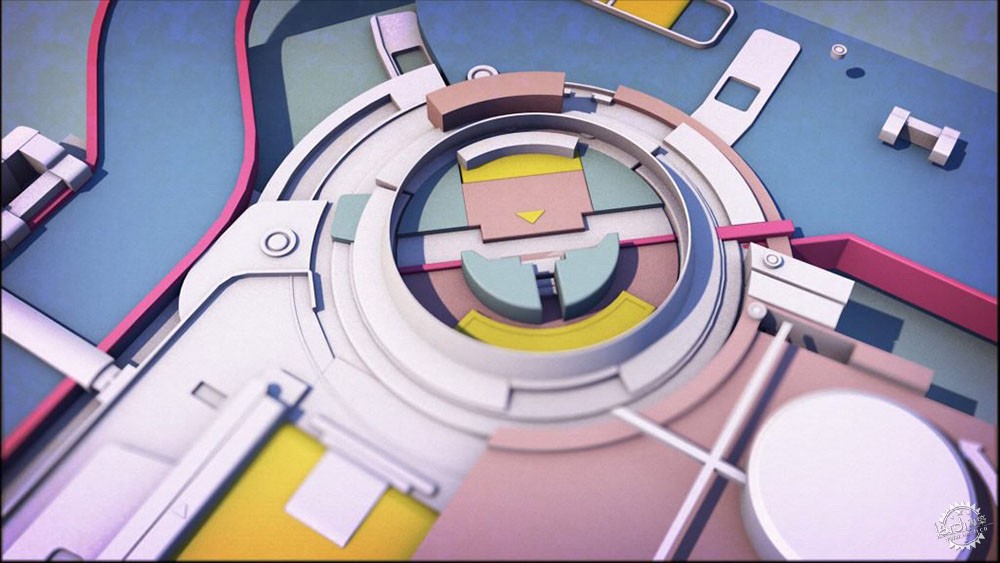
柔和的色调由20世纪50年代和60年代的广告宣传中提取而来,其目的是为女性消费者家用电器的推广。
Quah的电影是在6月24日至7月8日举行的Bartlett建筑学院的夏季表演中播出的。 其他展会项目包括一个新的中国文化资本总体规划,以及以零碳住房取代英国计划的HS2铁路的建议。
The pastel-hued colour palette is informed by the adverts of the 1950s and 1960s, which targeted the promotion of electrical appliances for the home at female consumers.
Quah's film was presented at the Bartlett School of Architecture's summer show, which took place from 24 June to 8 July. Other projects on show included a masterplan for a new Chinese cultural capital and a proposal to replace the UK's planned HS2 railway with a zero-carbon housing.
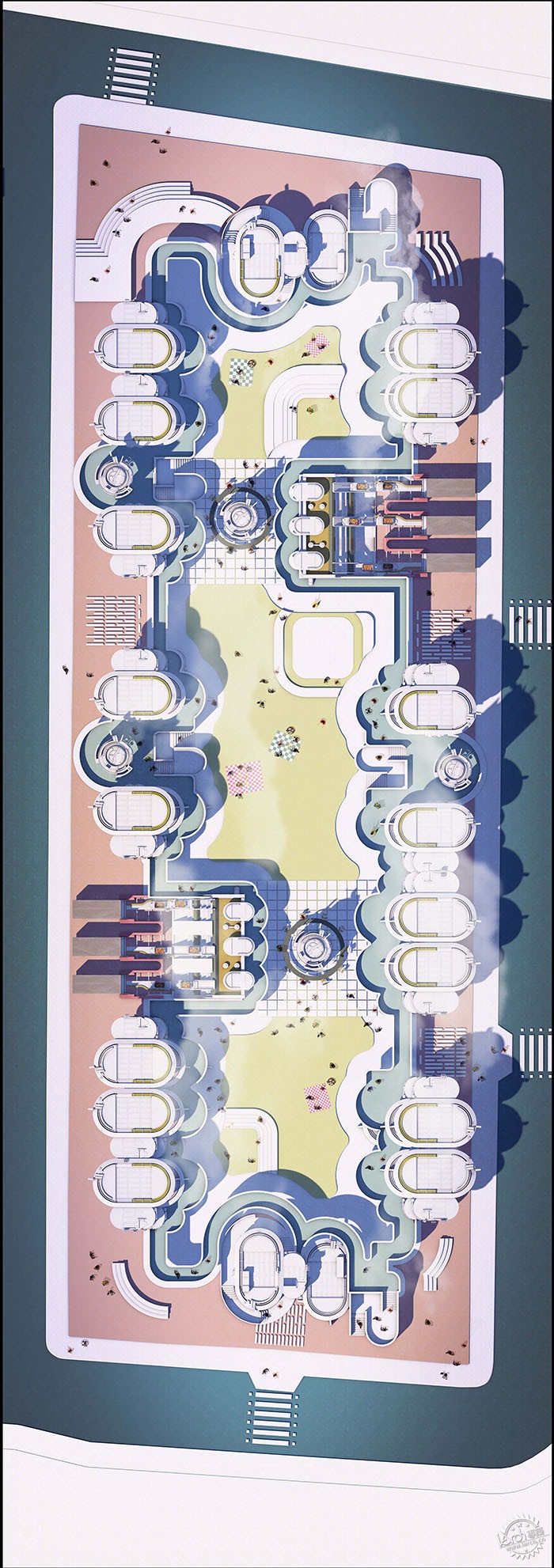
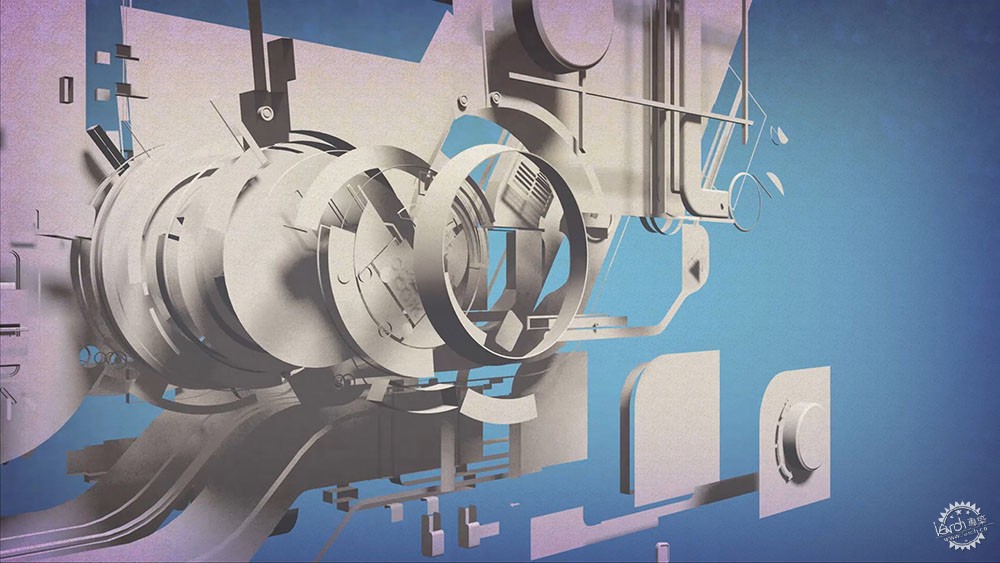
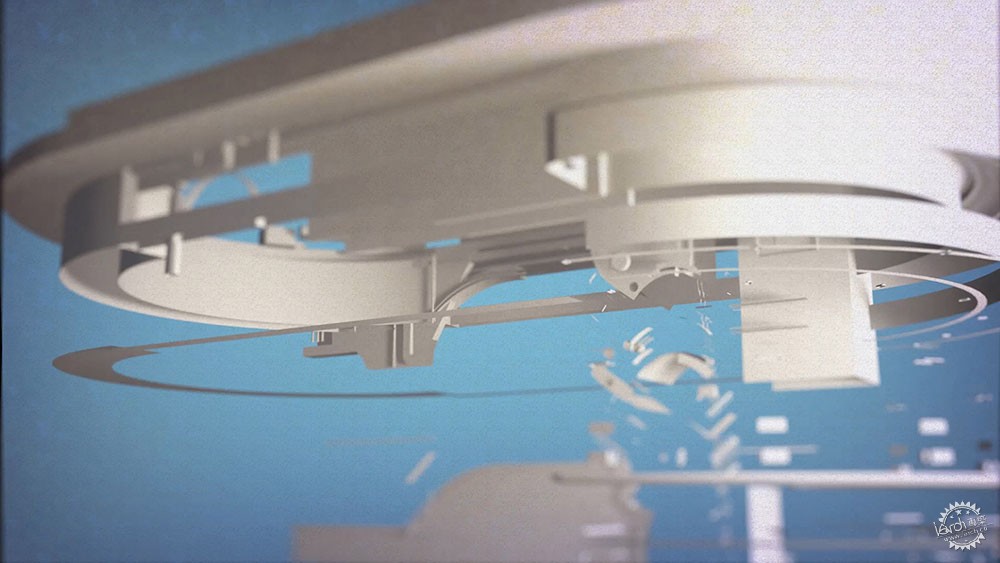
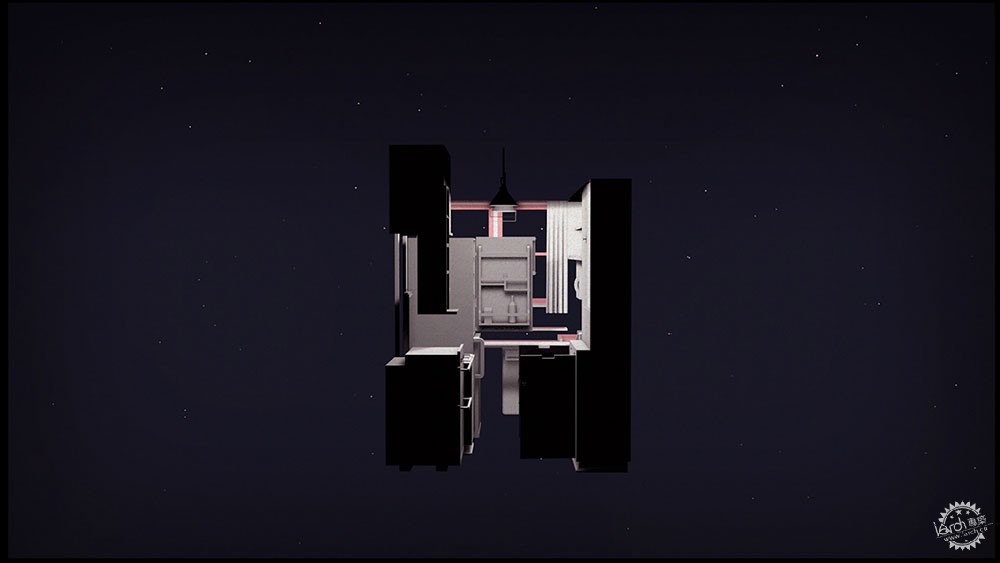
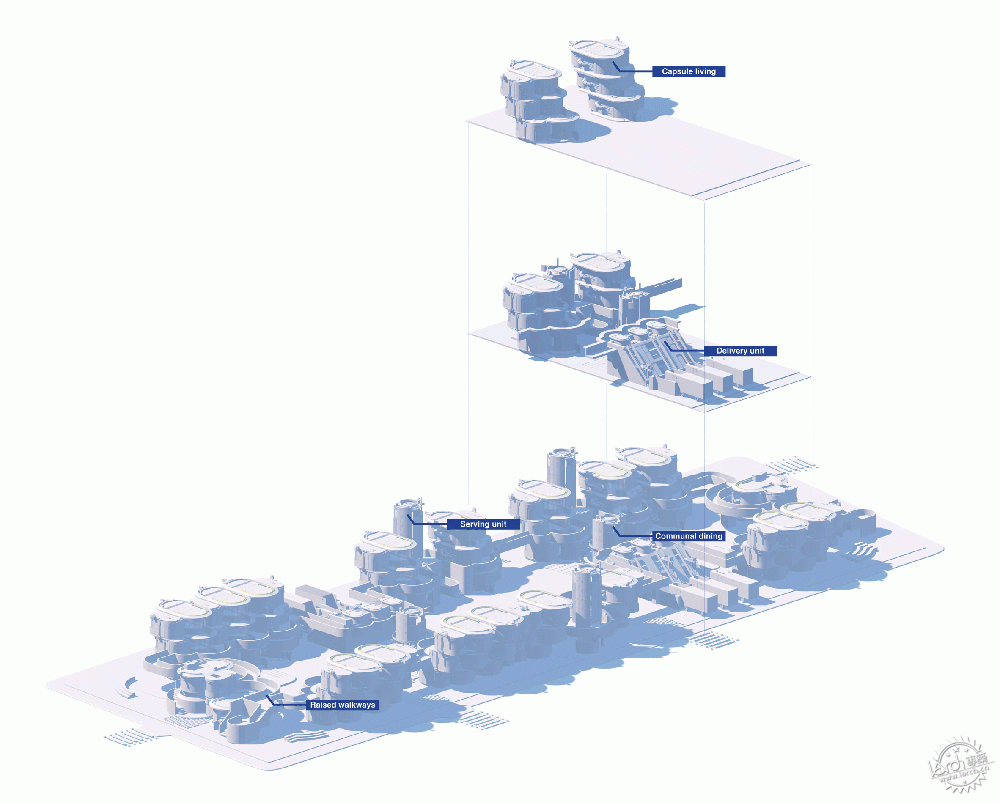
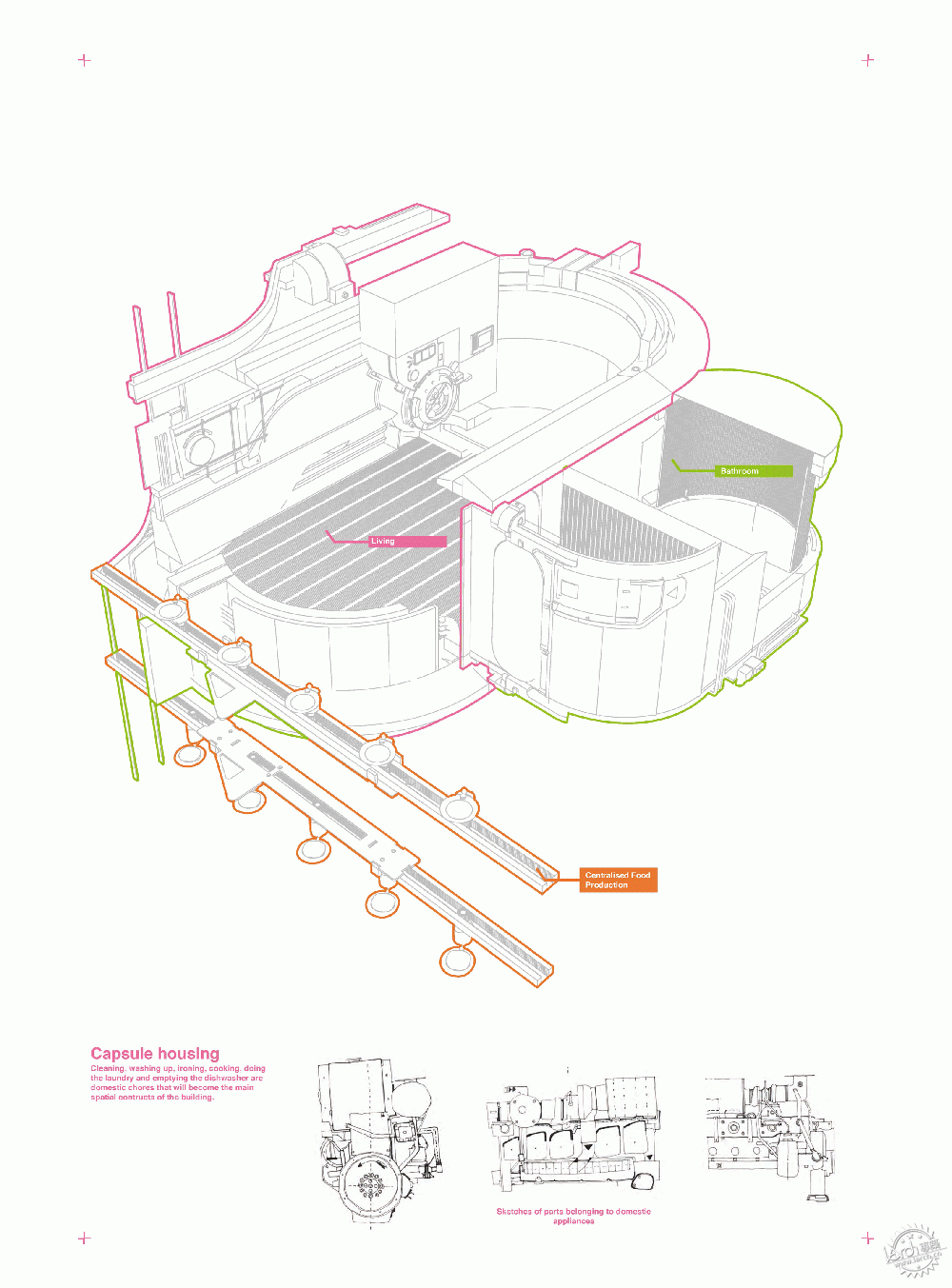
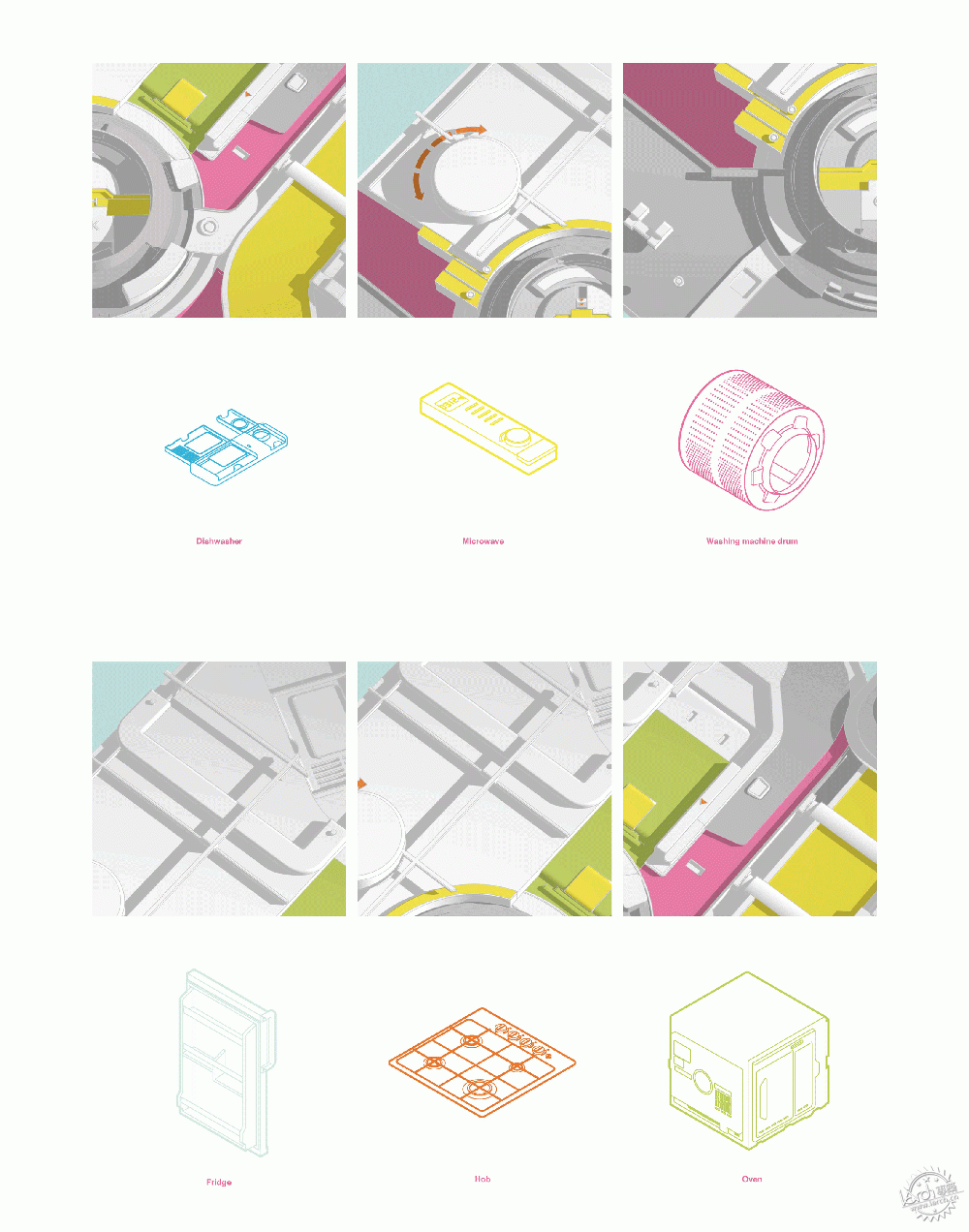
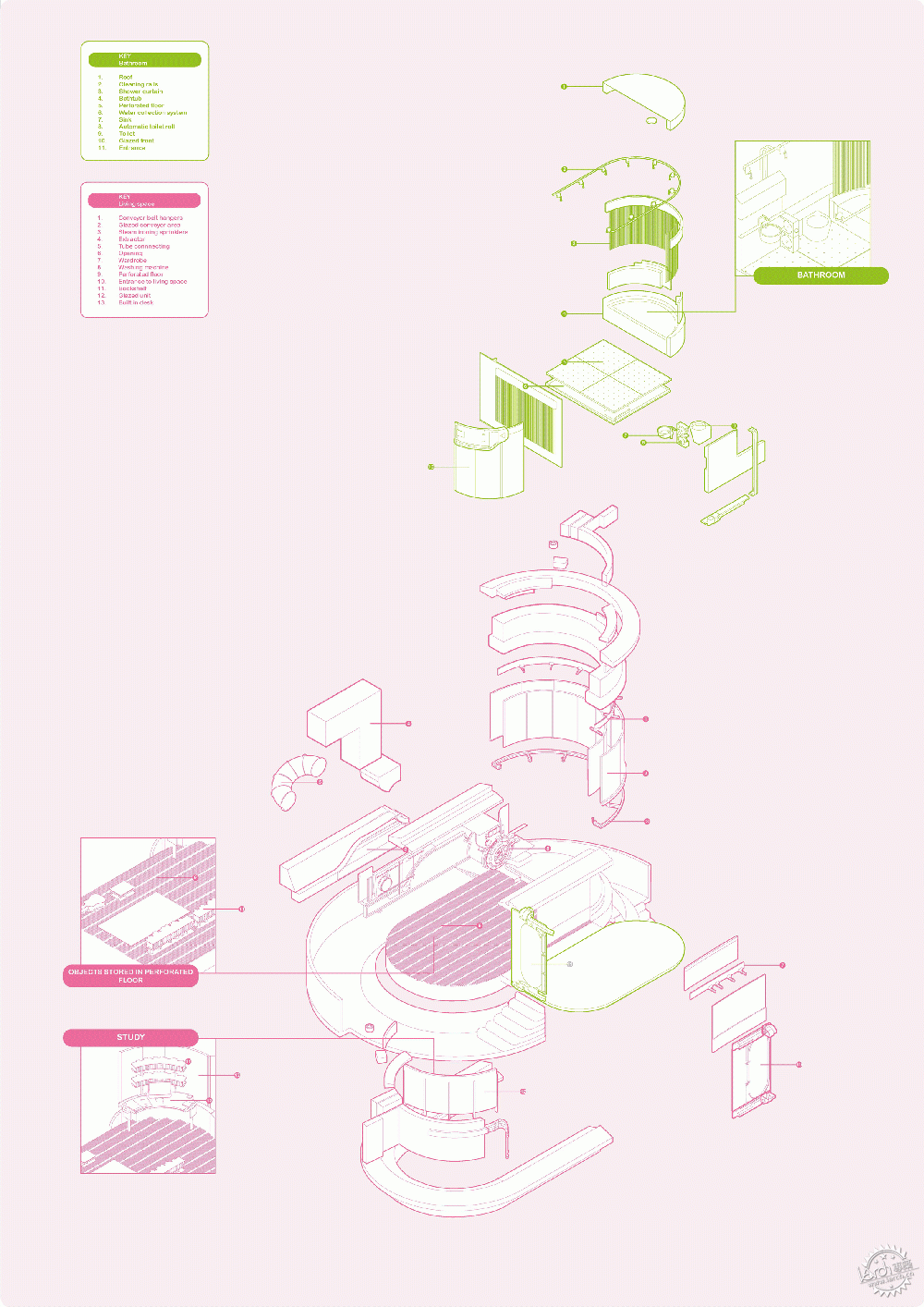
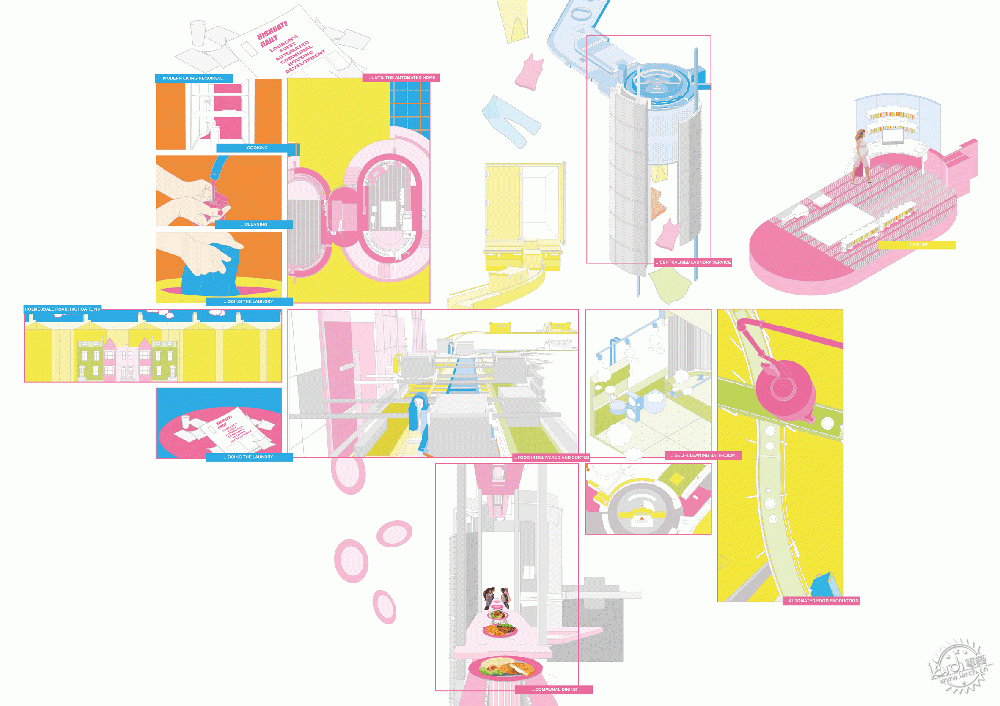
出处:本文译自www.dezeen.com/,转载请注明出处。
|
|
专于设计,筑就未来
无论您身在何方;无论您作品规模大小;无论您是否已在设计等相关领域小有名气;无论您是否已成功求学、步入职业设计师队伍;只要你有想法、有创意、有能力,专筑网都愿为您提供一个展示自己的舞台
投稿邮箱:submit@iarch.cn 如何向专筑投稿?
